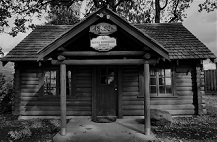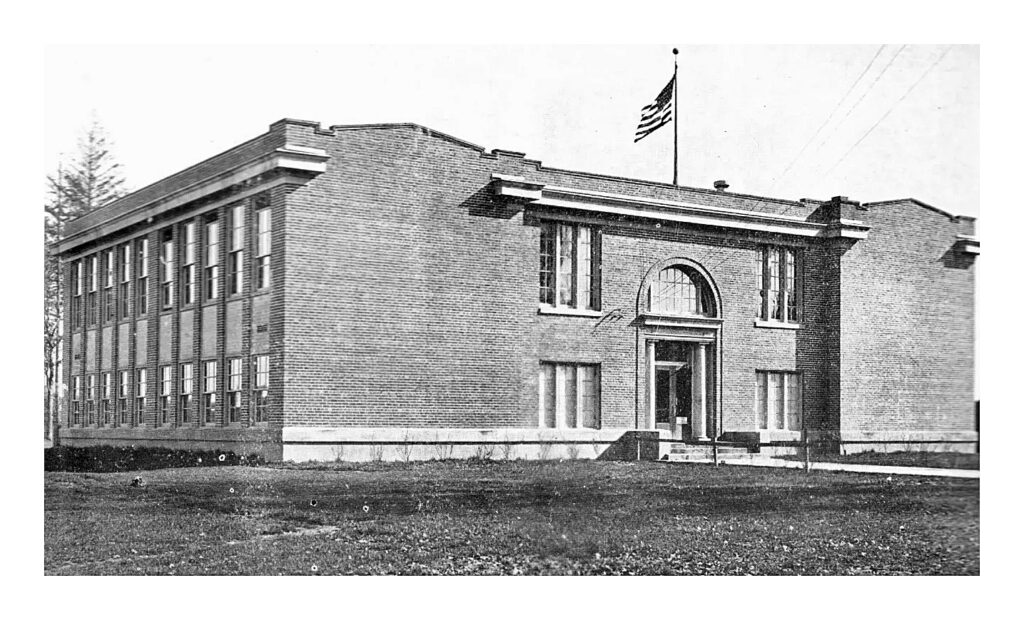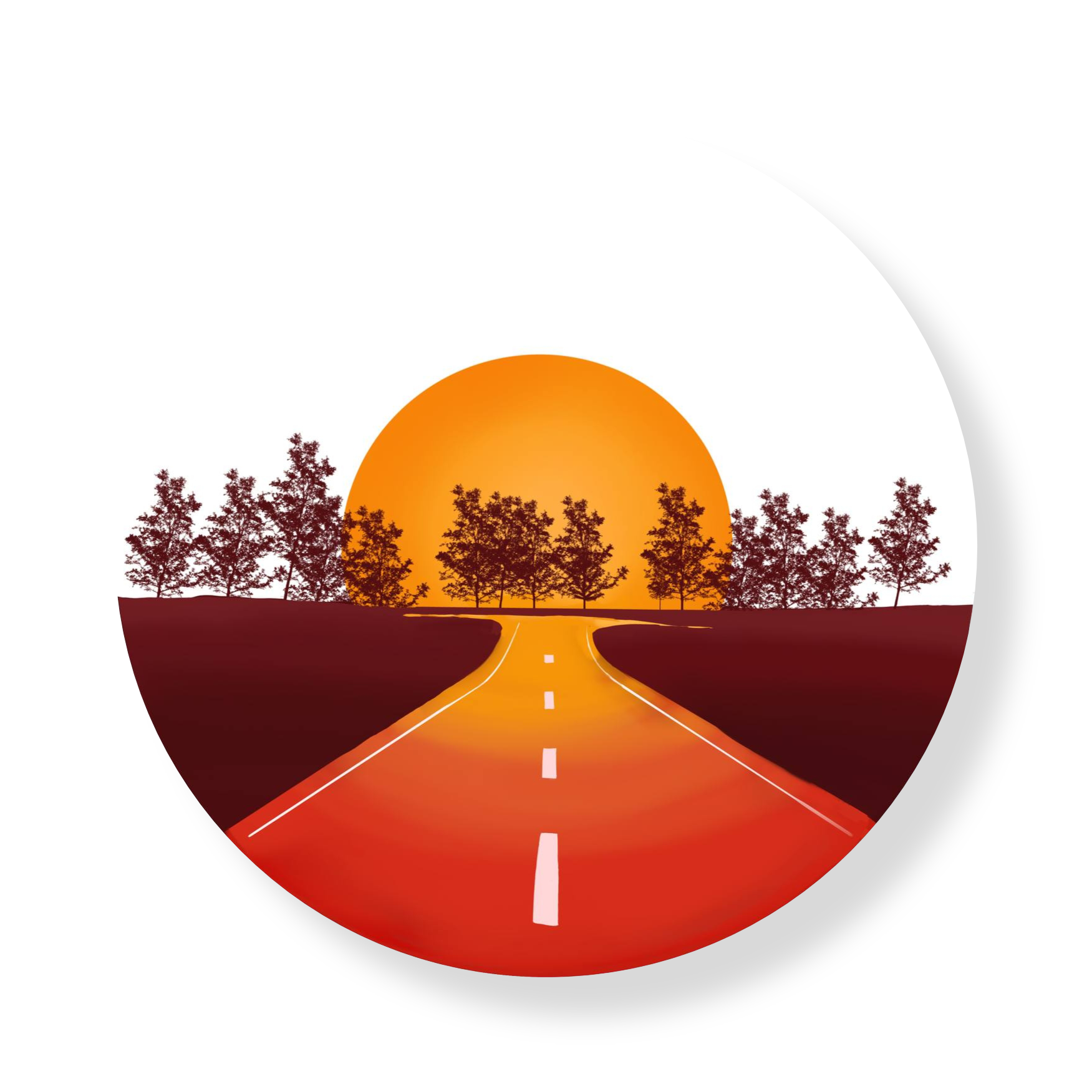Our Mission

The mission of the Banks Historical Society is to preserve, protect, and promote the history and heritage of Banks, Oregon—and all municipalities and rural areas within the Banks School District—through educational programs, exhibitions, community engagement, and recognition of local, state, and national historic landmarks and resources in the service area.
The History of Banks, Oregon
To learn about the rich history of Banks, visit the other pages of this site. We continue to add more! Also, the Banks Historical Society has published the books Banks: A Town on the Move and the updated Walking Tour of Banks, Oregon, featuring the city’s historical sights. Books are usually available at Jim’s Market, or you may purchase them directly through the Banks Historical Society at info@bankshistory.org or (503) 389-8967. All proceeds benefit the all-volunteer, non-profit Banks Historical Society.
The Banks Historical Society is organized exclusively for charitable, educational, and historical purposes under Section 501(c)(3) of the Internal Revenue Code. Donations are tax-deductible.
Our 100% volunteer organization relies on donations
Make a tax-deductible one-time donation or become a sustainer with a monthly donation.
Our Current Initiatives
Save The 1920 Banks Union High School From Demolition

The oldest brick building in Banks, full of history and memories for our community, is slated for demolition in early 2026. Learn more about our city’s architectural and historical treasure.
How would you repurpose the original Banks Union High School building? Share your ideas and opinions by taking our brief survey.
Support Your Community’s History
Become a Member
Support the preservation of and learn about your community’s heritage by becoming a member of the Banks Historical Society.
Thank you to our generous donors!

Sunset Highway Bar and Grill
Our 100% volunteer organization relies on donations
Make a tax-deductible one-time donation or become a sustainer with a monthly donation.
